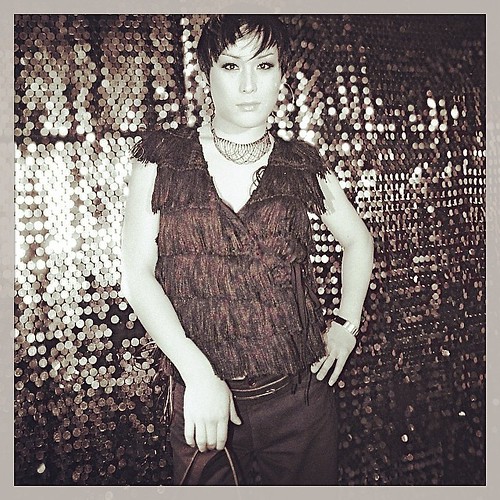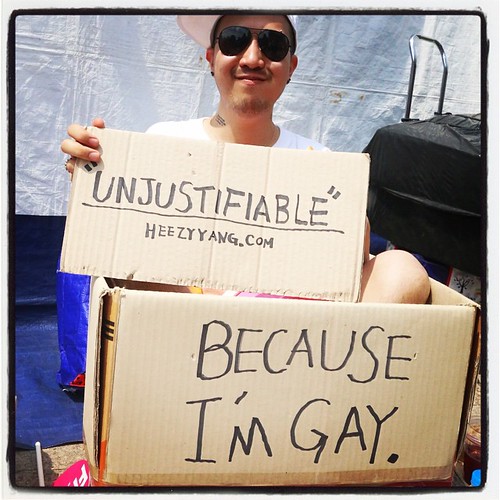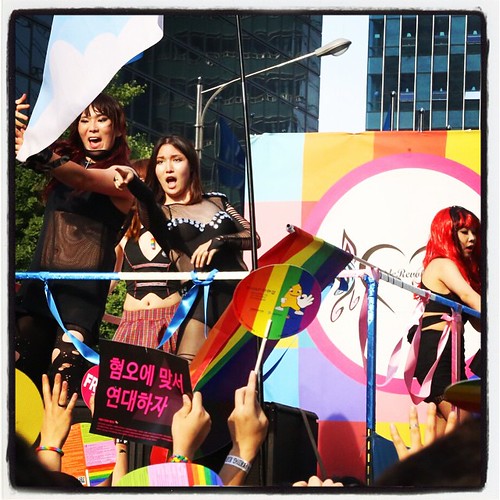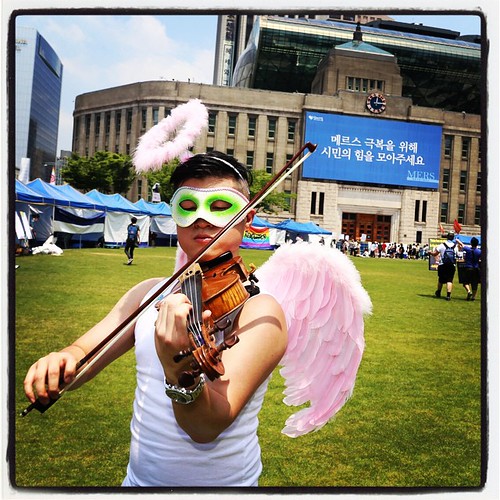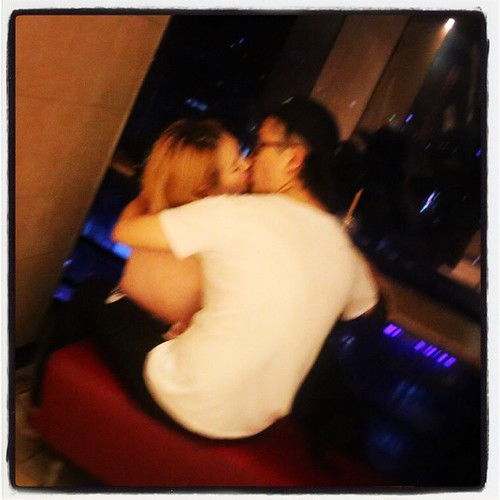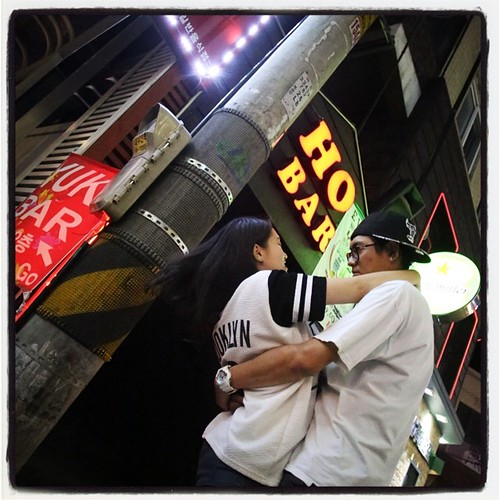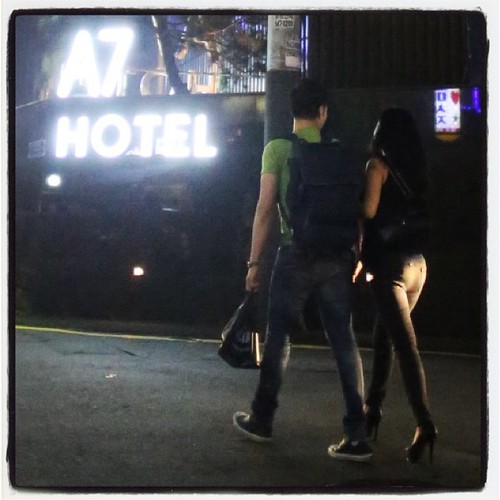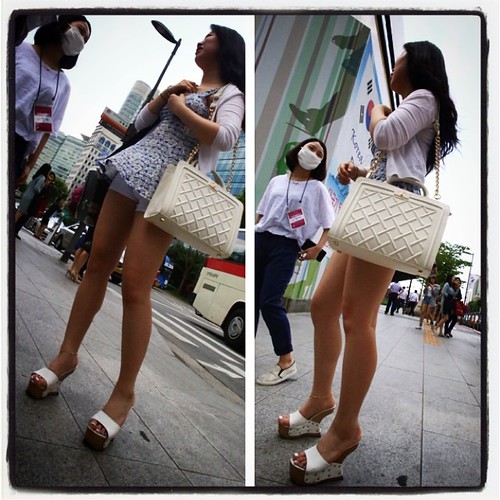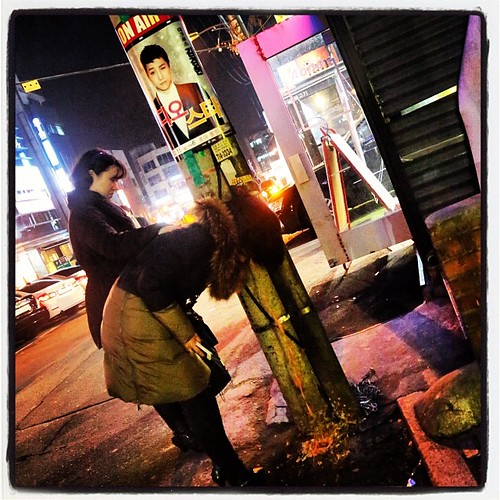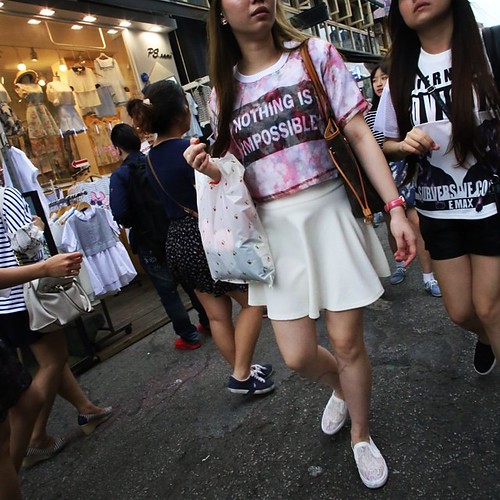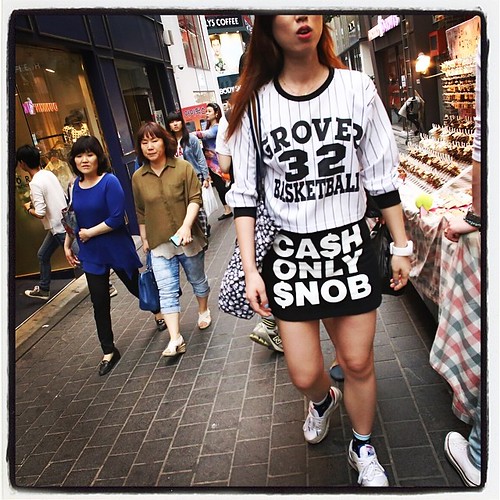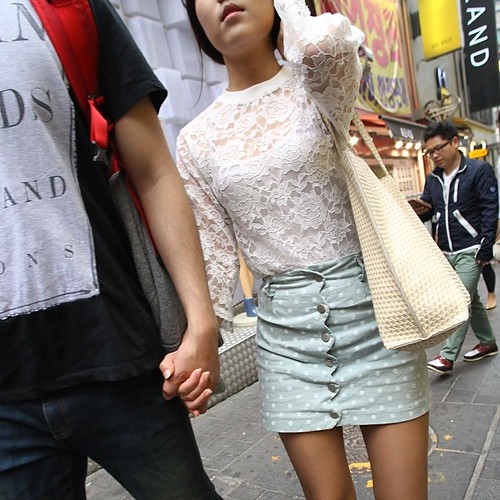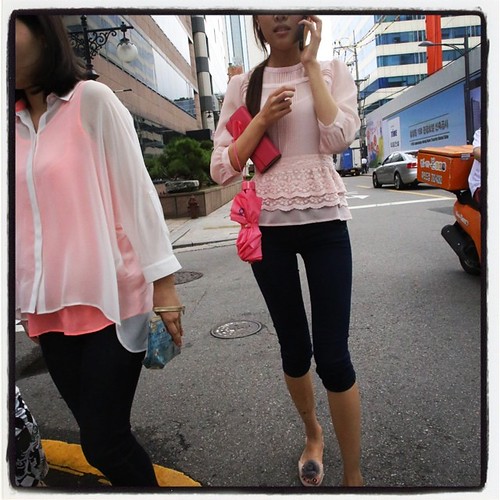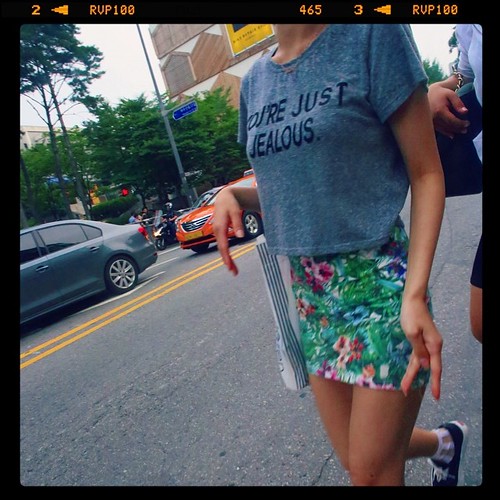As a professor, photographer, and visual sociologist living in Seoul, South Korea for the last 13 years, I felt it was my duty to offer a little bit more depth to the photoreportage and paucity of analysis going on around the seemingly crazed antics that surrounded the recent Korean Queer Culture Festival that went on this past weekend. First, though, a bit of background on what could be called homophobia in South Korean culture.
In order to fully understand what went down this past weekend, one must think about the culture within which a new awareness of gender and sexual difference is rearing its literally multicolored head. And one must understand from the get-go that conservative, Christian, right-oriented Koreans are reacting to far more than just the Western-style, hot button issue of “gay rights” or”gay marriage.” This is about the loud andproud assertion of Difference in South Korean culture, which has long defined itself within the framework of a singular, uninterrupted and nearly timeless Purity of race, blood, and culture. This ideological construction has been a pillar of South Korean (hereafter, “Korean”) identity since several decades before the bloody split that cleaved the country in two as a result of the Korean War in 1953. As a country and culture, Korea is being rocked to its core by a lot of fundamental demographic changes. First off, and a great surprise to many Koreans who were raised on a steady diet of racial and cultural purity from the school system down to the popular culture, the South Korean government has responded to the recent influx of foreign ideas, people, and the related societal demands such things impose by officially rebranding the country as a”multicultural nation.” That’s the official response to what’s already clear on the ground–that international and interracial marriage is no longer a rare or socially exceptional thing, and that peoples of different colors, creeds, and other stripes are here to stay and also require a modicum of social respect. And the Korean allergy to Difference has had to be tempered by sensitivity to what’s been going on in the world in the realm of gesture politics and International relations in its big brother nations in America and Europe. That’s one reason why the Korean media these days always gives some degree of attention to what the fast growing, local Muslim community here thinks in response to things that the government does, such as how to rhetorically fight the”War on terror” along with the United States without negatively stigmatizing an entire group for the actions of a highly visible and loudly vocal Minority that would like to position any attack on their fundamentalist, Extreme views as an attack on the entire group of people with whom they nominally share a religious affiliation. Such are the struggles that Korean society is going through, which mirror those of the United States, as American culture has also had to squarely deal with religious, racial, and sexual minorities trying to assert themselves within a society that has recently come to see members of these groups as social enemies of some sort, due to various sociopolitical events and controversies.
Important to consider here is the fact that Korea has not really been caught up in an American style Battle over hot-button issues such as abortion or gay rights in quite the same way that the American public has. The Christian right here in Korea has never really taken the abortion or gay rights issues to the near nuclear level on which they usually take place in the United States, where such battles over constitutional rights take on a near religious fervor since Americans all revere that old piece of parchment Law every bit as important as the Bible is for Christians or the Torah is for Jews, and is indeed the foundational document of American identity. For hard-core Korean Christians, abortion or homosexuality may have been points to really against in the pulpit, but weren’t generally things they took to the streets over. Abortion has been nominally illegal in South Korea for as long as I’ve been living here, but a fairly easy procedure to get since they are performed unofficially and safely as a matter of course in OB/GYN’s across the country, quite safely, without any real danger of legal repercussions. It simply isn’t, on a practical level, a very big deal here. And so it goes with many aspects of Korean society, where the difference between the writ of law and social reality is wide enough to sail a ferryload of schoolchildren through. When I first came to Korea in 1994, Koreans would maintain that homosexuals didn’t exist in Korea, which seemed to be a social — and even biological — impossibility, even to my newbie eyes. There was a very narrow face of Korean society and culture that people were willing to show to the foreigner, and willing to see themselves. Korea was an imagined field devoid of Difference or affronts to civilized sensibilities, such as found in the many prostitutes, non-Korean factory workers, homeless people, gays, or any other foreign bodies that could bring the constructed social reality of the Pure Korean Self into question. And merely asking such questions could put one in danger for some nasty social ostracization. As an American, I was fairly priveleged and protected from the consequences of not accepting the overarching master narrative. However, if one is an everyday Korean working a job with normal Korean bosses in a normal Korean organization, there isn’t any wiggle room for social difference or even difference of opinion. And such is the oppressive nature of Korean culture and why the wages of Koreanness is stress, not to mention fear and loathing on the part of those on the lower rungs of the social hierarchy without the power to talk back.
Portrait of a “non-existent” drag queen, circa 2002 in Itaewon’s Trance bar.
And in general, such was the nature of what Americans had come to call “homophobia”, which I believe was somewhat of a misnomer in Korean culture until recently. As an American who considers himself not homophobic, I was surprised by my extreme level of surprise at the extremely open and unabashed expressions of homosocial behavior in Korean society when I first arrived here in the early 1990s. Older men could be seen walking on the streets hand in hand as a sign of mere friendship, and even today, young women very commonly walk arm in arm or even holding hands as a social marker of close friendship or camaraderie. No matter how Americans or Europeans might read that, Koreans generally do not read that as a marker of homoSEXUAL behavior. And I quickly learned that it is in this way that many Korean gay and lesbian couples live so openly in the closet. Because Korean society was so heteronormative that few would even be able to fathom the idea that homosexuals even existed, let alone show affection in public, Gaydar in Korea was left at the most undeveloped level in the modern world.
But the American political stump issues of gay marriage and gay rights have not been lost on Korean society and has been increasingly on the minds of conservative Korean Christians, who seem to be in need of issues to organize themselves around even as they become increasingly less socially relevant in a very secular, consumption-obsessed Korean society that doesn’t really think very highly of them lately. However, criticism of the extreme antics of the small minority of Christian conservatives in Korea has been taken as mere additional evidence of the perceived social persecution of Christians and Christianity in general. And when dressed up in the accoutrements of the one Pure Nation, Tradition, and her handmaidens, who can really disagree?
The American political stump issues of gay marriage and gay rights have indeed not been lost on Korean society and has been increasingly on the minds of conservative Korean Christians, who seem to be in need of issues to mobilize themselves around even as they continue to become increasingly less socially relevant in a very secular, consumption-obsessed Korean society that doesn’t really think very highly of them lately. However, criticism of the extreme antics of the small minority of Christian conservatives in Korea has been taken as prima facie additional evidence of the perceived social persecution of Christians and Christianity in general, and lately as similar evidence of the dissolution and degradation of society, especially as that is understood in terms of the loss of traditional Korean ways and mores.
Traditionally, homosexuality, similar to sexuality itself, was something that existed beyond the Pale of acceptable social behavior or consideration in Korea to the point that I never detected the nuance of hatred in any consideration of homosexuality within Korean culture and society in my earlier years here. It has only been since the right wingnut Christians in Korea successfully took a page from their brethren in the United States in banging the homophobic battle drums that they have succeeded in placing themselves squarely back in in the societal spotlight. In some ways, it’s similar to how North Korea regularly creates trouble in order to get attention and humanitarian aid. In a sense, this is a really smart-yet-unfortunate side effect of the moronic culture wars going on in the United States.
Political battles in Korea tend not to be a heartfelt struggle over the meaning of fundamental rights in the same way that it tends to be in America. However, the right wing Christians here have successfully added this strategy to their playbook. And it seems to be working. Even as the queer community here in Korea has been successfully echoing the actions of their compatriots in the west as they revolve around rights and equality, the right wing Christian community here in Korea — which is politically quite well organized and has deep pockets — has succeeded in placing themselves into the centre of this apparently political debate but with an appeal to the Korean everyman’s sense of comfortable social norms. And all this, despite the Korean queer community’s relatively high level of social reticence and what I believe the queer American community might even consider pretty weak sauce level of gesture politics and relative lack of overt and brazen public acts of sexuality. This comes as no surprise, since I once attended a private event with the intention of photographing the Gay Pride parade several years ago but was told that it would be rude to do so since many of those participating were not publicly out of the closet yet. Even last Sunday, many of the festival marchers busy working and dancing in the streets made a very big point of hiding their faces from my small video camera. This was true even as many of the Queer Festival folks made very quiet and reasonable acts of resistance, which few took much notice of but for the Crazy Eye show going on just meters away on the other side of the police barricade.
This is because people here fear the social ostracization that will come with being associated with too overt and aggressive of public displays. However, very telling is the fact that many of the anti-gay protesters were very careful to make sure no parts of their face showed to any of the cameras. More than a sign of a lack of Conviction in their cause, I believe that most of the young church members participating in what many consider to be a politically hateful act as were put up to it by their church elders under pain of being accused of being a bad Christian. And in Korean society, who is going to disagree with a church elder with near cult-like elevated social status? Going off the deep end just becomes one’s duty as a good Christian.

Reads “Against homosexuality and gay marriage.”
This is why I believe that the politically motivated homophobia amongst the screen Christians is mostly bolstered by a strong and well-organized Protestant church hierarchy that is able to get its younger members to do the sweat work for them. Because demographically and socially speaking, this really isn’t about homophobia in the American political sense as much as it is a referendum on societal change in South Korea, which the right wing community has latched onto as a totem-like symbol For how society is changing in all the “wrong” directions. And nothing is a better symbol of then mostly young people under the age of 30 taking off their clothes and dancing in the streets while openly asserting their right to define their identities in whatever ways they want to.
What could be more anathema to the notion of a good Korean than that?
On a sidenote, it was somewhat fascinating how the anti-gay protesters were trying to make an aesthetic argument of purity and goodness — rooted, problematically, in the Leni Riefenstahl-esque aesthetic sense of 1930’s Germany — into the mix to counter what they perceived as Evil. Really frightening as how they’re bringing Naziback from 1936 to 2015. What could be called sadly comical is how oblivious they are to not just the symbology od their little costume play, but of the direct links Korean national ideology has to Nazi racial and national rationales and modes of thinking (South Korea’s first Prime Minister Yi Pom Suk was unabashedly open about lauding German fascism and even helped establish German fascist notions into early Korean nationalism, having written a book called “The Nation and Youth” in which he openly calls for the indoctrination of Korean children with nationalist ideals as a social necessity.
And lest we forget where this comes from…
The “Blue Danube Waltz” set to Western ballet to protest the Gays? In Korea, this makes sense.
But this very obliviousness is the danger. How far would unquestioning youth go in the name of Good, with politically motivated, socially callous elders exhorting them to do anything and everything to preserve the true ideals of the nation? The new Korean homophobia has shown its true colors and it is frightening.


